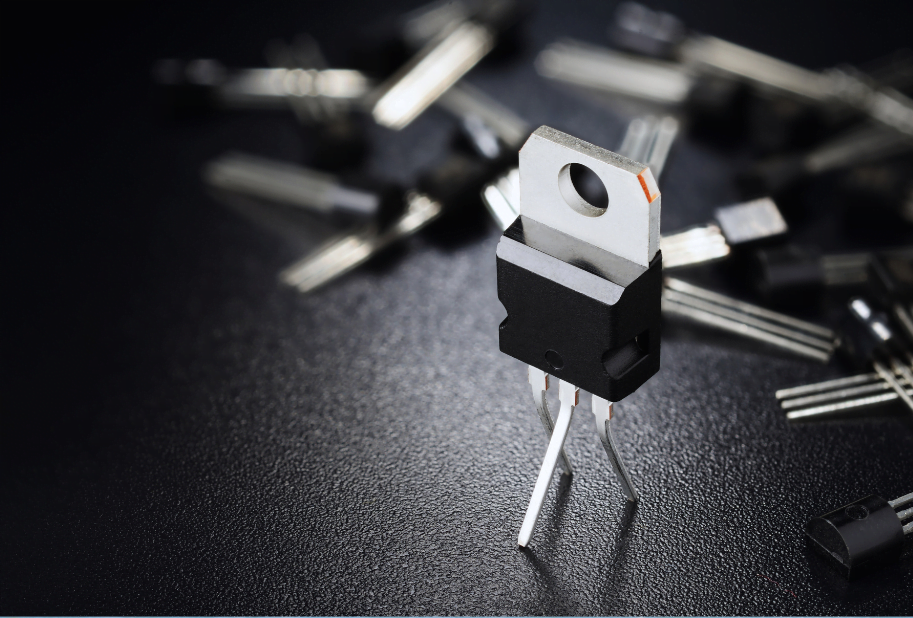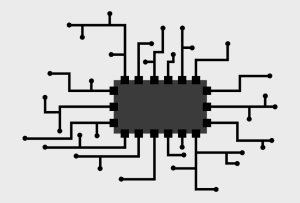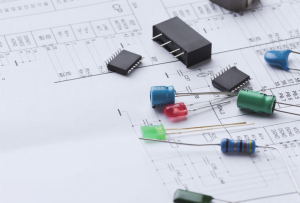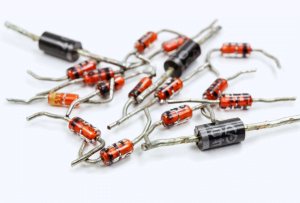The world of electronics is full of mysterious components that make our devices work in ways that seem almost magical. One such component is the unipolar transistor. Despite its modest appearance, it plays a key role in the operation of many modern technologies.
In this article, you will learn what a unipolar transistor is, how it works, and what applications it has. Understanding these basic issues will help you better appreciate how much this small element influences the functioning of electronics in our daily lives.
What is a Unipolar Transistor?
A unipolar transistor, also known as a field-effect transistor (FET), is a semiconductor electronic component that controls the flow of current using an electric field. Unlike bipolar transistors, which use two types of charge carriers (electrons and holes), a unipolar transistor is based on one type of carrier. This results in a simpler design and better performance in many applications.
Unipolar transistors have gained popularity due to their reliability and ability to operate at high frequencies. They are widely used in digital and analog circuits, forming the fundamental element of many modern electronic devices.
Structure of a Unipolar Transistor
A unipolar transistor consists of several key elements: the source, drain, and gate. Between the source and the drain lies a channel through which current flows. The gate is separated from the channel by a thin layer of insulator, allowing the flow of current to be controlled without direct contact.
Depending on the type of unipolar transistor, the channel can be n-type (electron conduction) or p-type (hole conduction). This diversity allows the transistor to be adapted to specific application requirements, making it a versatile element in electronics.
How a Unipolar Transistor Works
A unipolar transistor operates on the principle of controlled current flow through the channel. Changing the voltage at the gate affects the width of the channel, which in turn regulates the amount of current flowing between the source and drain. When the gate voltage exceeds a certain threshold, the channel opens, allowing current to flow. If the voltage drops below this threshold, the channel closes, and the current flow stops. This operational mechanism makes the unipolar transistor an excellent electronic switch. Its ability to quickly switch between on and off states finds applications in many modern electronic circuits.
Unipolar vs. Bipolar Transistor
Comparing a unipolar transistor with a bipolar one reveals several key differences. Firstly, a unipolar transistor is more resistant to temperature changes, making it more stable in harsh working conditions. Furthermore, a unipolar transistor does not require a large current to control it, resulting in lower energy consumption.
On the other hand, bipolar transistors have higher conductance in the on state, which can be beneficial in some applications. The choice between a unipolar and a bipolar transistor depends on specific application requirements, but in many modern devices, unipolar transistors are gaining popularity.
Applications
Unipolar transistors are widely used in various fields of electronics. Their ability to operate at high frequencies makes them ideal for applications in radio, telecommunications, and digital circuits.
In particular, MOSFET transistors (one of the types of unipolar transistors) are commonly used in power supplies, audio amplifiers, and as switching elements in integrated circuits.
Thanks to their properties, unipolar transistors are also used in systems requiring low energy consumption, such as battery-powered circuits. Their versatility means they can be found in a wide range of devices, from simple gadgets to advanced industrial systems.




